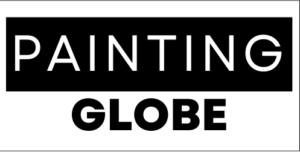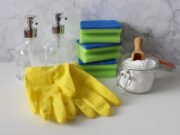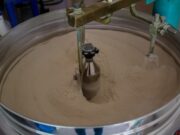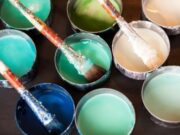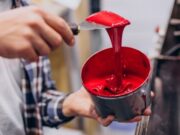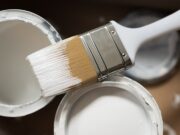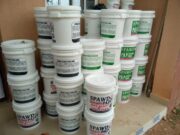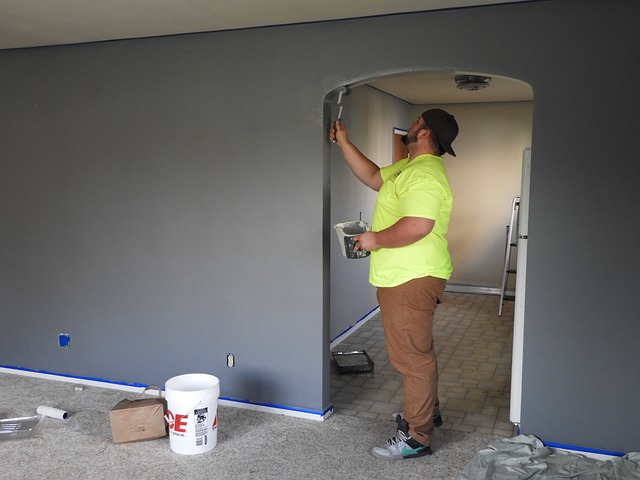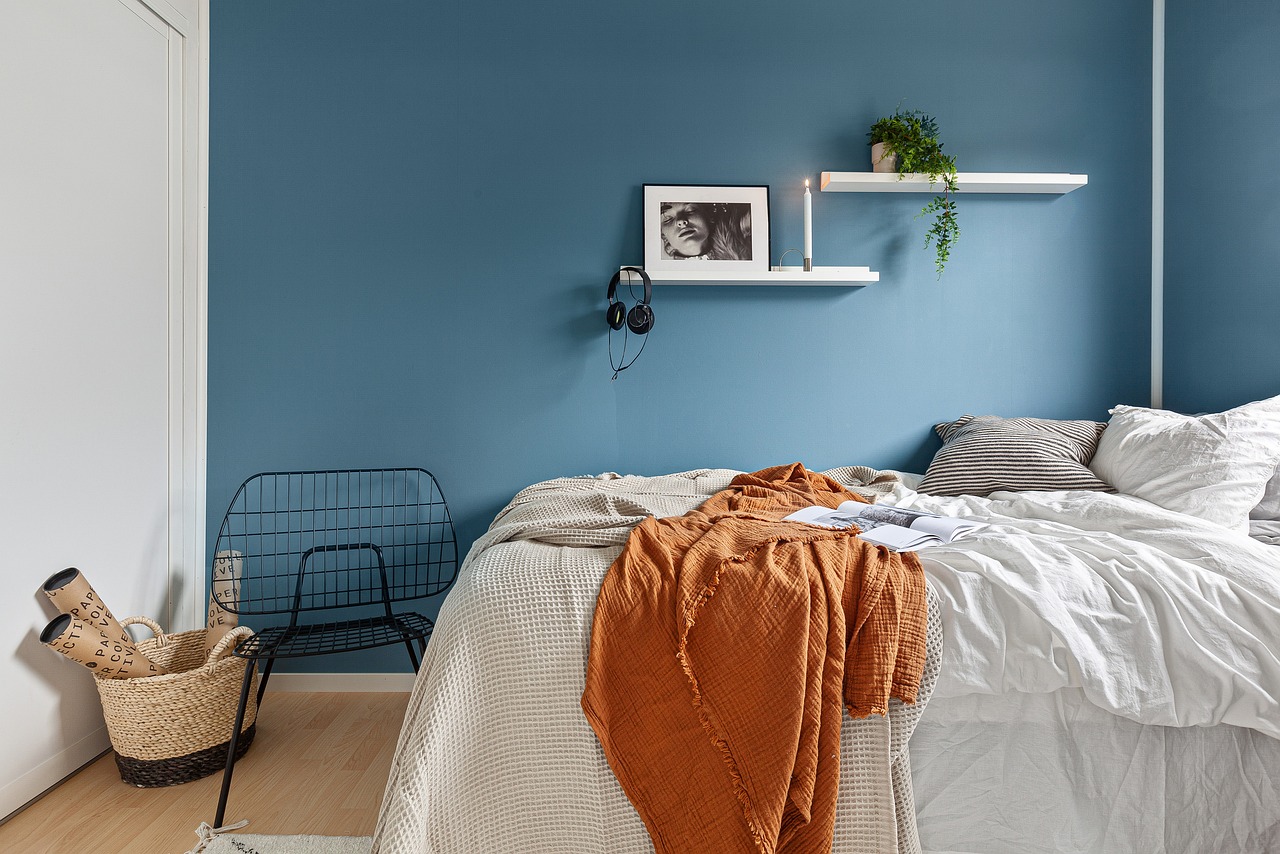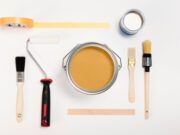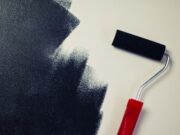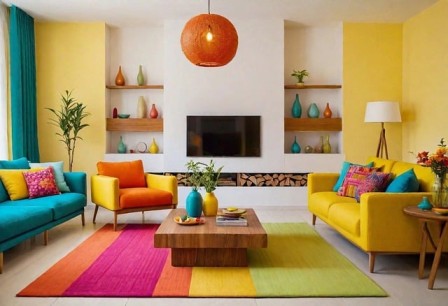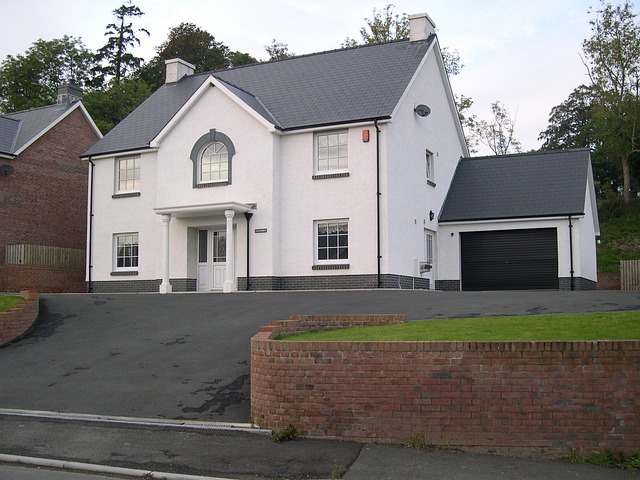When planning your exterior painting project, selecting the right paint is important, but using a high-quality paint primer is more important.
While some beginner painters and homeowners may overlook the necessity of primer, professional painters understand the importance of using paint primer as a vital component of a successful exterior painting job.
Considering the fact that exterior surfaces are constantly exposed to elements like intense sun, rain, snow, and wind.
These factors can quickly deteriorate an exterior paint job if the proper preparatory steps aren’t taken.
So, Paint primer acts as a protective barrier, ensuring the paint adheres properly and lasts longer.
In this article, we’ll expose you to the importance of using paint primer for exterior painting and how it can enhance your paint job’s durability, finish, and beauty.
1. Paint Primer Promotes Better Adhesion of Paint
One of the key importance of using paint primer is that it improves the adhesion of the paint to the surface.
Exterior surfaces like wood, brick, metal, and concrete are often porous or textured, making it difficult for the paint to adhere properly.
So, applying paint directly to such surfaces may result in peeling, chipping, or cracking over time.
Using a high-quality primer will create a smooth, even surface for the paint to grip, ensuring that the paint adheres well and bonds with the material.
This better adhesion not only improves your finish but also ensures that the paint stays in place for a very long time, preventing premature failure of the paint job.
For Example,
Painting Bare Wood Surfaces
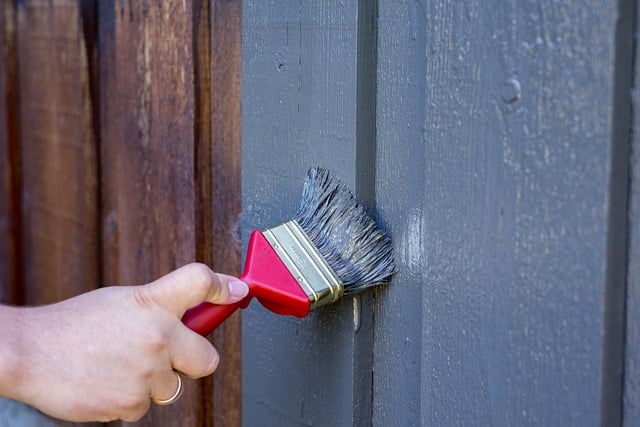
When painting on raw wood, the grain structure tends to soak up the paint unevenly, leading to an inconsistent appearance.
So, a primer will seal the wood and allow the paint to go on smoothly and evenly, creating a uniform finish that will last.
2. Paint Primer Increases Paint Durability
Usually, exterior paint is exposed to harsh weather conditions year-round, including UV radiation, humidity, wind, and temperature changes.
Without using primer, your paint may tend to wear off, crack, or fade quickly.
One of the importance of using paint primer is to create a robust foundation for the topcoat, helping it withstand the elements for longer periods.
Primers, especially those designed for exterior use, are formulated with properties that help you to resist moisture and temperature fluctuations.
This added layer of protection will help your paint endure rain, snow, and sun exposure, extending the lifespan of your paint job and saving you the cost and hassle of frequent repainting.
Example,
To Prevent Moisture Damage
When painting surfaces like wood or masonry, moisture can seep in, causing the paint to bubble or peel later.
3. Paint Primer Blocks Stains and Discoloration
Exterior surfaces are known to be subjected to stains, tannins, and other contaminants.
These blemishes can bleed through the paint and ruin the appearance of your fresh coat.
Certain woods, like cedar and redwood, contain natural tannins that can seep through the paint and cause yellowish or brownish stains.
A paint primer is formulated to prevent this type of discoloration from penetrating through your topcoat.
Sealing these stains with primer ensures that your final paint job looks clean and pristine, free of unsightly blemishes.
Example,
Covering Water Stains
If your exterior surface has water stains, mold, or mildew, applying a primer before painting will prevent these contaminants from bleeding through.
If your building is in areas prone to rain or snow, where water stains are more likely to occur, please use a high-quality primer.
4. Paint Primer Improves Paint Coverage and Color
Are you a professional painter? Have you ever applied several coats of paint only to find that the color still doesn’t look as rich or vibrant as you expected? This is often the result of skipping primer.
Another important thing about using paint primer for your exterior surface before painting is that it enhances the paint’s ability to cover the surface evenly.
Primer will help you even out your surface’s porosity, and ensure that the paint absorbs consistently.
This will reduce the number of coats you need, saving you time and money on extra paint.
Additionally, primer helps maintain the true color of your paint, especially when transitioning from a dark to a lighter shade or vice versa.
For Example,
Especially When Painting Over Dark Colors
If you’re repainting an exterior surface that is currently a dark color and you want to switch to a lighter shade, using a primer is a must.
Without a primer, the dark color may bleed through the lighter paint, and these will require multiple coats.
A primer, especially one tinted to match the new color, provides a solid base that enhances the final shade and reduces the need for additional coats.
5. Paint Primer Seals Porous Surfaces
Exterior surfaces like wood, brick, and concrete are often highly porous, meaning they absorb much moisture, paint, and contaminants.
If paint is applied directly to these porous surfaces, it will soak in unevenly, leading to patchy coverage and a rough finish.
Guess what?
Over time, this can cause the paint to wear out prematurely and result in a blotchy appearance.
Primers here work by sealing these porous surfaces, creating a uniform layer that prevents the paint from being absorbed unevenly.
This will help your paint adhere smoothly, resulting in a more professional finish and reducing the amount of paint you’ll need.
Example,
When Priming Concrete Surfaces
When you are painting concrete, a primer is crucial because the porous nature of the material can lead to uneven paint absorption.
A primer designed for masonry or concrete will seal the surface and prepare it for your topcoat, ensuring a smooth and even application.
6. Paint Primer Helps to Prevent Mold and Mildew Growth
Particularly, exterior surfaces in damp or humid climates, are prone to mold and mildew growth.
If these surfaces are painted without proper preparation, mold and mildew can develop beneath the paint, leading to unsightly stains and even structural damage.
Many exterior primers contain mildew-resistant additives that will help you prevent mold and mildew from taking hold on your painted surfaces.
This will not only protect the integrity of your paint job but also help maintain the health and appearance of your home’s exterior.
Example,
When Painting in Humid Climates
Homes in coastal or tropical regions are especially susceptible to mold and mildew due to their high humidity levels.
So, using a mold-resistant primer before applying your paint will ensure that your paint job lasts longer and stays free from unsightly mildew stains.
7. Paint Primer Smoothens Out Imperfections
Most exterior surfaces are often rough, with imperfections like cracks, holes, and uneven textures.
Painting over these flaws without primer can result in an uneven and unattractive finish.
Exterior primers are designed to fill in minor imperfections and create a smoother and more uniform surface for the topcoat of paint.
By using a primer, you will create a smoother canvas for your paint, and this will result in a professional-looking finish.
This is particularly important for older homes or surfaces that have been previously damaged.
Example,
Priming a Damaged Surface
If your home’s exterior has cracks, dents, or other imperfections, using a primer helps you to fill in these small gaps and smooth out the surface.
This prevents the paint from accentuating these flaws and ensures a cleaner and more attractive finish.
8. Paint Primer Enhances the Overall Aesthetic Appeal
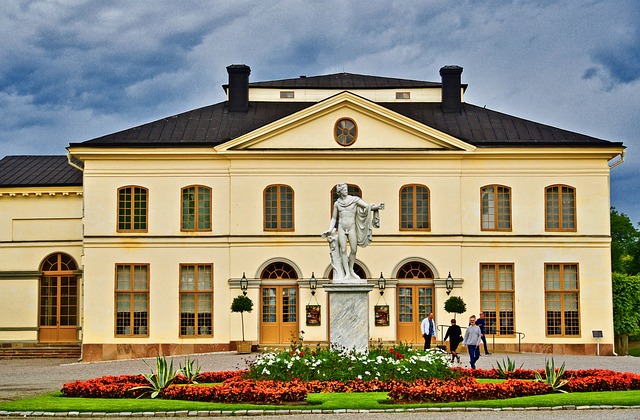
The exterior of your home is the first impression visitors or potential buyers will have.
A high-quality paint job can enhance the curb appeal and value of your property.
However, if the paint begins to fade, peel, or crack prematurely, it will detract from the beauty of your home.
One key importance of using paint primer is to ensure that your exterior paint job not only lasts longer but also looks better.
The primer will help the paint apply more evenly, thereby, enhancing the color’s vibrancy and overall appearance.
Whether you’re aiming for a modern, sleek look or a classic aesthetic, a primer will help you achieve that desired finish.
For Example,
When Increasing Curb Appeal
If you’re planning to sell your home, the exterior paint is one of the first things potential buyers will notice.
So, a well-executed paint job can be made possible by using primer, which can increase the curb appeal and potentially the resale value of your home.
9. Paint Primer is Cost-Effective in the Long Run
While some professional painting companies and homeowners may be tempted to skip primer to save money, this often leads to higher costs in the long run.
Without primer, you may need to apply multiple coats of paint to achieve full coverage, and the paint is likely to deteriorate more quickly.
This means you’ll need to repaint sooner than if you had used primer in the first place.
By investing in a high-quality primer at the beginning of your project, you reduce the need for extra coats of paint and ensure that your paint job lasts longer.
In the long run, this saves you money on paint and labor costs, making primer a cost-effective solution.
Conclusion
Using paint primer for exterior painting is an essential step in achieving a long-lasting, professional-quality finish.
Primer plays a crucial role in protecting your home’s exterior and ensuring that your paint job stands the test of time.
While it may seem like an additional step, the benefits of using primer far outweigh the time and cost involved.
For anyone serious about achieving a flawless exterior paint job, primer is a non-negotiable component of the process.
I hope this was helpful.
